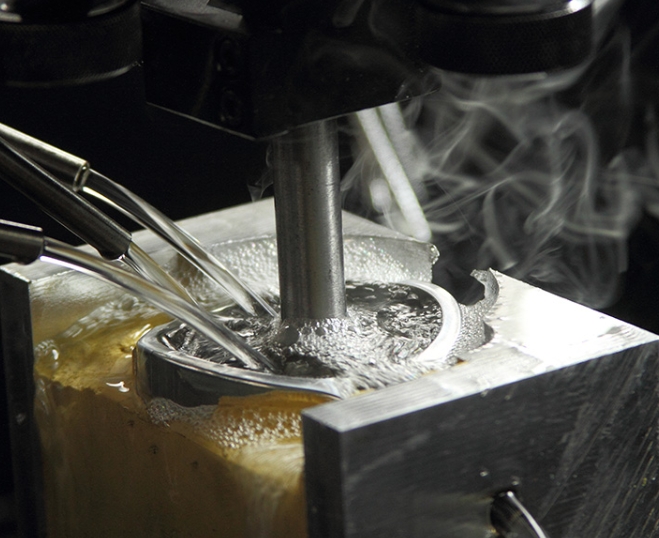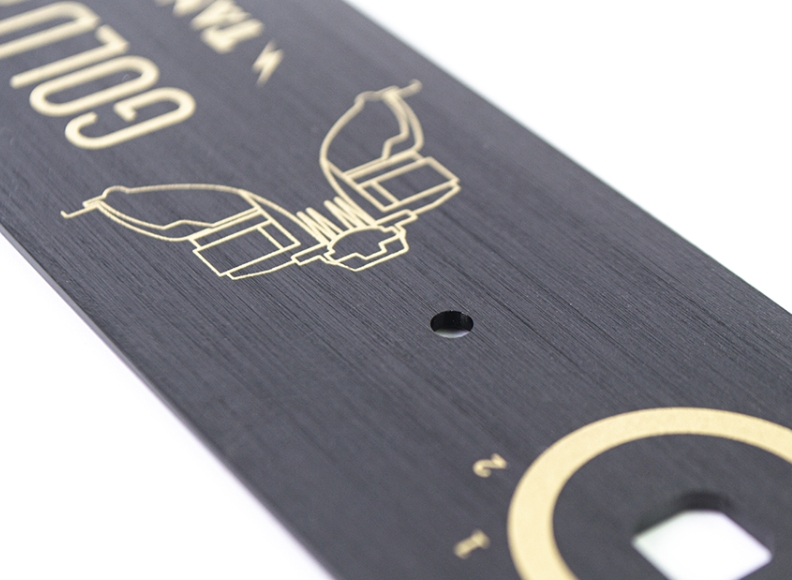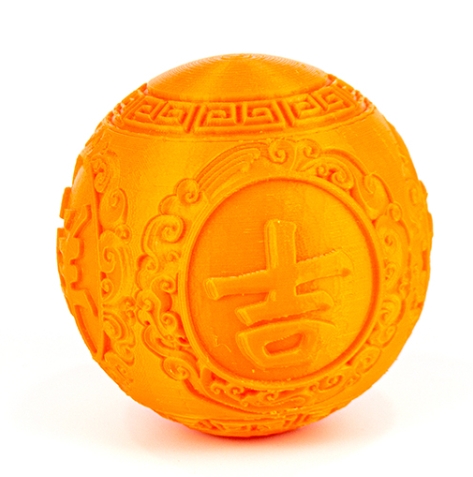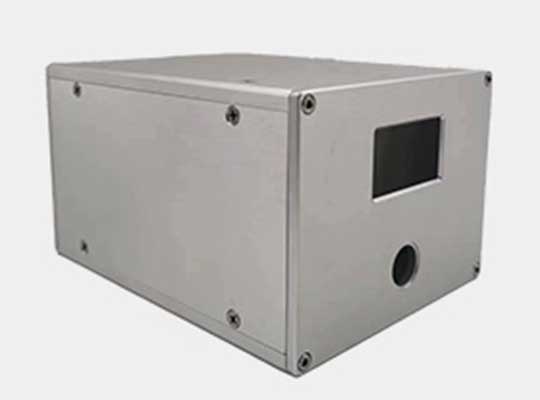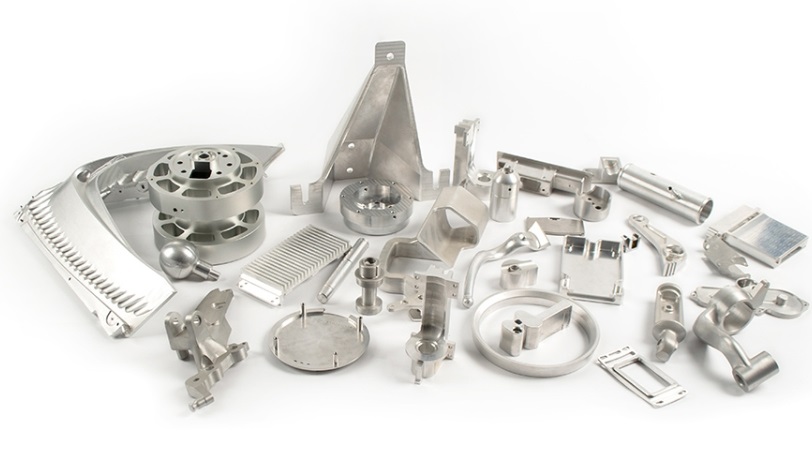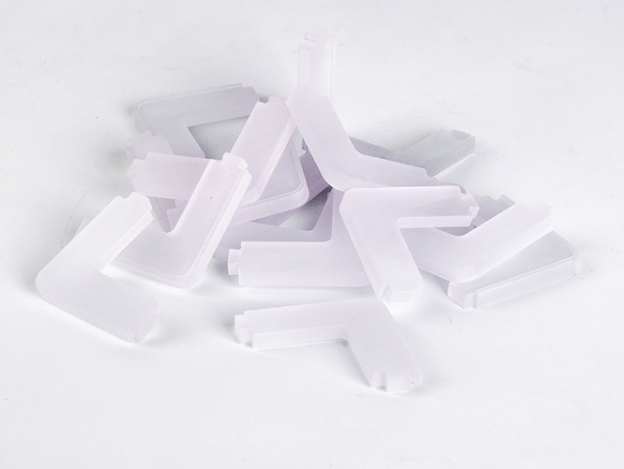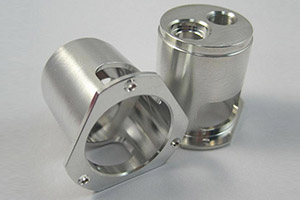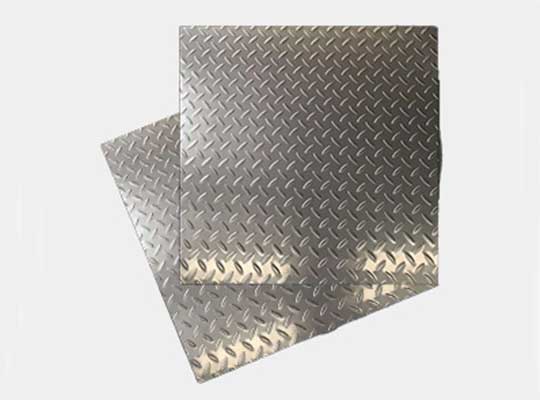If you’re turning a product idea into reality, understanding the prototype making process is essential to avoid delays, wasted materials, and design flaws. A well-executed prototype bridges the gap between digital designs and physical products—helping you test functionality, refine aesthetics, and validate ideas before mass production. أقل, we break down every key stage of the process, with data, أدوات, and tips to ensure your prototype meets your goals.
1. Design Phase: Lay the Groundwork with Precise Digital Models
The design phase is where your idea becomes a structured plan—this stage sets the tone for the entire prototype making process. Rushing through design leads to 40% of prototype reworks later, so take time to get it right.
Key Steps in the Design Phase
- 3D Modeling: Use professional software to create a detailed digital model of your product. The most popular tools include:
- CAD (تصميم بمساعدة الكمبيوتر): Ideal for 2D sketches and 3D models of mechanical parts (على سبيل المثال, التروس, قوسين).
- Solidworks: Best for complex 3D designs with moving components (على سبيل المثال, a folding chair or a small appliance).
- الانصهار 360: Great for startups or small teams—combines 3D modeling, simulation, and collaboration tools in one platform.
Data spotlight: 85% of professional product developers use SolidWorks or CAD for 3D modeling, as these tools reduce design errors by 35% compared to basic software.
- Design Review: Gather feedback from engineers, المصممون, and potential users to refine the 3D model. Ask critical questions:
- Does the design meet all technical specifications (على سبيل المثال, مقاس, weight, material compatibility)?
- Are there any hard-to-manufacture features (على سبيل المثال, overly thin walls that might break during processing)?
- Will the prototype be easy to test for functionality (على سبيل المثال, can buttons be pressed or hinges moved freely)?
للنصيحة: Conduct 2–3 design reviews—each review catches an average of 10–15 small flaws that would otherwise ruin the prototype.
2. اختيار المواد: Choose the Right Material for Your Prototype Goals
Selecting the right material is make-or-break for your prototype—it affects durability, مظهر, and how well the prototype mimics the final product. The table below compares the most common prototype materials:
| مادة | الخصائص الرئيسية | الأفضل ل | يكلف (لكل كجم) | Processing Difficulty |
| القيمة المطلقة | قوي, مقاوم التأثير, easy to paint | Electronics prototypes (على سبيل المثال, حالات الهاتف, عناصر التحكم عن بُعد) | \(2.50- )4.00 | قليل (works with CNC and 3D printing) |
| الكمبيوتر الشخصي (البولي) | مقاوم للحرارة, شفاف, shatterproof | Prototypes needing clarity (على سبيل المثال, ظلال المصباح, نظارات السلامة) | \(3.80- )5.50 | واسطة (requires higher temperatures for 3D printing) |
| نايلون | مرن, مقاومة للارتداء, مقاوم للمواد الكيميائية | Prototypes with moving parts (على سبيل المثال, السوستة, التروس) | \(4.20- )6.00 | واسطة (يمتص الرطوبة, needs pre-drying before processing) |
| الألومنيوم | خفيف الوزن, قوي, corrosion-resistant | Metal prototypes (على سبيل المثال, إطارات الكمبيوتر المحمول, small tool bodies) | \(2.00- )3.50 | واسطة (works with CNC machining, needs sanding for smoothness) |
How to choose: If your prototype is for a consumer electronic device (على سبيل المثال, a wireless speaker), ABS is a great pick—it’s affordable and easy to customize. For a heat-resistant prototype (على سبيل المثال, a coffee mug handle), PC or nylon is better.
3. Processing Stage: Turn Digital Models into Physical Prototypes
The processing stage transforms your 3D model and chosen material into a tangible prototype. This phase uses a mix of manual and automated techniques to balance precision and flexibility.
Common Processing Methods
- Hand Making: Best for simple, low-cost prototypes (على سبيل المثال, a foam model of a furniture design). It involves cutting, gluing, and shaping materials by hand with basic tools (على سبيل المثال, scissors, ورق زجاج, hot glue guns). Hand making is fast (1–2 days for small prototypes) but less precise—tolerances range from ±1mm to ±3mm. It’s ideal for early-stage “proof of concept” prototypes, not functional tests.
- تصنيع CNC: The most popular method for high-precision prototypes. CNC (Computer Numerical Control) machines use computer code to carve solid blocks of material (البلاستيك, معدن, خشب) into the exact shape of your 3D model. Key benefits include:
- دقة: Tolerances as tight as ±0.01mm—critical for prototypes that need to fit together (على سبيل المثال, a phone case and a screen protector).
- التنوع: Works with all common prototype materials (القيمة المطلقة, الكمبيوتر الشخصي, الألومنيوم, نايلون).
- سرعة: Takes 3–5 days for most prototypes (faster than 3D printing for large parts).
Data note: CNC machining produces 60% of functional prototypes, as it mimics the manufacturing process of final products more closely than 3D printing.
- Hand Grinding: After CNC machining, use sandpaper (180–600 grit) to smooth rough edges, remove burrs (small pieces of material left from cutting), and refine the surface. Start with coarse grit (180) to fix large imperfections, ثم انتقل إلى غرامة الحصى (600) لإنهاء سلس. Hand grinding improves the prototype’s aesthetics and prevents scratches during testing.
- حَشد: If your prototype has multiple parts (على سبيل المثال, a toy with a body, عجلات, and axles), assemble them with precision. Use appropriate fasteners:
- Screws: For parts that need to be taken apart (على سبيل المثال, a prototype laptop for internal testing).
- Adhesives: For permanent bonds (على سبيل المثال, gluing a logo to a prototype water bottle).
- Snap Fits: For parts that click together (على سبيل المثال, a plastic container lid and body).
تحذير: Poor assembly leads to 25% of prototype failures—always test if parts fit snugly but can move (إذا لزم الأمر) before finalizing.
4. Surface Treatment: Enhance Aesthetics and Functionality
Surface treatment makes your prototype look and perform like the final product. The right treatment can boost durability, improve grip, or add brand-specific colors—key for user testing and stakeholder presentations.
Most Common Surface Treatments
| Treatment Type | كيف تعمل | الأفضل ل | وقت المعالجة |
| Grinding | Use sandpaper or a grinding machine to smooth the surface (finer than hand grinding). | Prototypes needing a matte finish (على سبيل المثال, a tool handle for better grip) | 1-ساعاتين |
| رش | Apply paint or coating with a spray gun. Choose from matte, لامع, or metallic finishes. | Prototypes for aesthetic testing (على سبيل المثال, a phone case with a brand color) | 2–3 hours (plus drying time) |
| الطلاء الكهربائي | Deposit a thin metal layer (على سبيل المثال, الكروم, النيكل) on the prototype surface. | Metal prototypes needing corrosion resistance (على سبيل المثال, a prototype faucet) | 1-2 أيام |
| Anodizing | Create a protective oxide layer on aluminum prototypes (adds color and prevents scratches). | Aluminum prototypes (على سبيل المثال, a laptop frame or a bike handlebar) | 1 يوم |
| Silk Screen Printing | Transfer patterns, نص, or logos onto the prototype using a silk screen stencil. | Prototypes needing labels (على سبيل المثال, a control panel with “on/off” text) | 3-4 ساعات |
| Laser Engraving | Use a laser to carve permanent designs (على سبيل المثال, serial numbers, الشعارات) into the surface. | Prototypes needing unique identifiers (على سبيل المثال, a medical device prototype) | 1-ساعاتين |
للنصيحة: For user testing, combine 2–3 treatments (على سبيل المثال, الأنود + طباعة شاشة الحرير) to make the prototype feel like a real product—this leads to more accurate feedback.
5. Inspection and Testing: Validate the Prototype
Inspection and testing ensure your prototype meets design goals and is ready for the next stage (على سبيل المثال, investor pitches, mass production planning). Skipping this step risks moving forward with a flawed design.
Quality Inspection
Check the prototype against your original design specs:
- Size: Use a caliper or ruler to verify dimensions (على سبيل المثال, Is the prototype 10cm long, as designed?).
- مظهر: Look for scratches, uneven surfaces, or misaligned parts (على سبيل المثال, Is the sprayed color consistent across the entire prototype?).
- مادة: Confirm the correct material was used (على سبيل المثال, Is the prototype made of ABS, not a cheaper plastic?).
Standard: A good prototype should meet 95% of the design specs—any deviations should be small and non-impacting (على سبيل المثال, a 0.1mm difference in length).
اختبار وظيفي
Test how well the prototype works for its intended use. Examples include:
- For a phone case: Drop it from 1.5 meters to test durability (does it protect a dummy phone inside?).
- For a water bottle: Fill it with water and check for leaks (does the lid seal properly?).
- For a small appliance: Plug it in (if electric) and test its core function (does a prototype blender mix ingredients?).
نقطة البيانات: 70% of prototypes fail their first functional test—this is normal! Use the feedback to refine the design (على سبيل المثال, add more support to a weak part of the phone case).
6. Packaging & Delivery: Protect and Transport the Prototype
Once your prototype passes inspection and testing, package it properly to avoid damage during transportation—whether you’re sending it to a client, a testing lab, or your own team.
Packaging Steps
- Wrap the Prototype: Use bubble wrap or foam to cover the prototype—pay extra attention to fragile parts (على سبيل المثال, a transparent PC screen on a prototype device).
- Choose the Right Box: Use a rigid cardboard box that’s 2–3 inches larger than the prototype on all sides. Fill empty space with packing peanuts or crumpled paper to prevent movement.
- Label Clearly: Add labels like “Fragile,” “Handle with Care,” and the destination address. Include a packing slip with details (على سبيل المثال, prototype name, number of parts, الاستخدام المقصود).
Delivery Tips
- For local delivery (within the same city): Use a courier service (على سبيل المثال, FedEx, UPS) with same-day or next-day delivery—this reduces the risk of long-term storage damage.
- For international delivery: Choose a service with tracking and insurance (على سبيل المثال, DHL)—international shipping can take 5–7 days, and insurance covers damage or loss.
منظور Yigu Technology
في Yigu Technology, we see the prototype making process as a collaborative journey—each stage relies on the previous one to create a useful prototype. We advise clients to invest time in the design and material selection phases, as these steps reduce reworks later. للنماذج الأولية الوظيفية, we often recommend CNC machining over hand making, as it delivers the precision needed for accurate testing. We also emphasize surface treatment: a well-finished prototype not only impresses stakeholders but also helps users provide honest feedback. Our team works closely with clients to tailor each step to their product type—whether it’s a small electronics prototype or a large industrial part.
التعليمات
- How long does the entire prototype making process take?
It depends on the prototype’s complexity. A simple hand-made prototype (على سبيل المثال, a foam cup design) takes 2–3 days. A complex CNC-machined prototype (على سبيل المثال, a small appliance with multiple parts) takes 2–3 weeks. On average, most prototypes are completed in 1–2 weeks.
- Can I skip the design review stage to save time?
No—skipping design review often leads to costly reworks. على سبيل المثال, if a design has a hard-to-machine feature, you’ll waste time and material making a prototype that can’t be tested. Design reviews take 1–2 days but save 1–2 weeks of rework later.
- Which surface treatment is best for a prototype that will be user-tested?
Combine spraying (for color) and silk screen printing (for labels) for most user-tested prototypes. This makes the prototype look like the final product, so users give feedback on real-world use (على سبيل المثال, “The logo is hard to read” or “The red color is too bright”). If the prototype is metal, add anodizing for durability during repeated handling.
